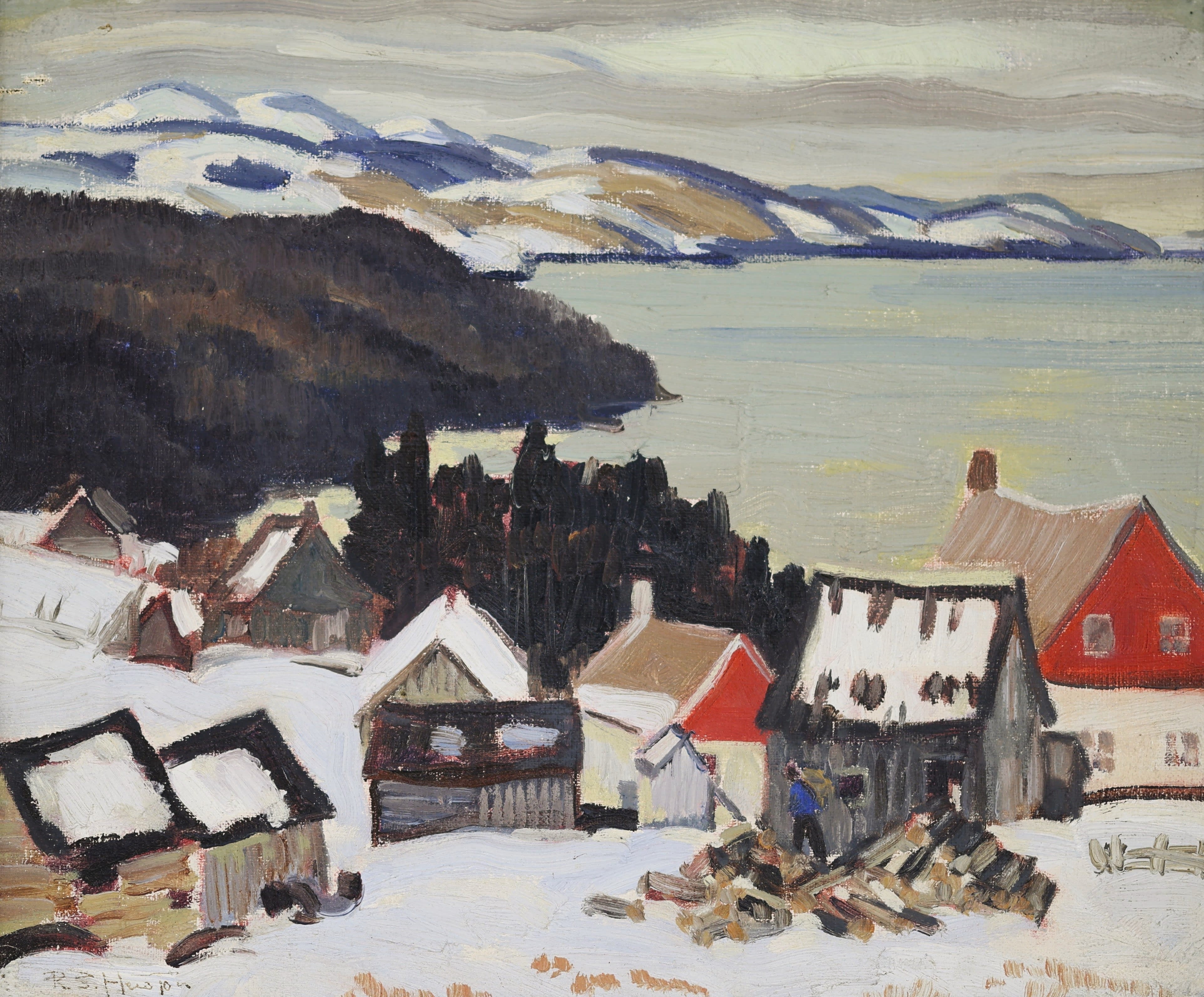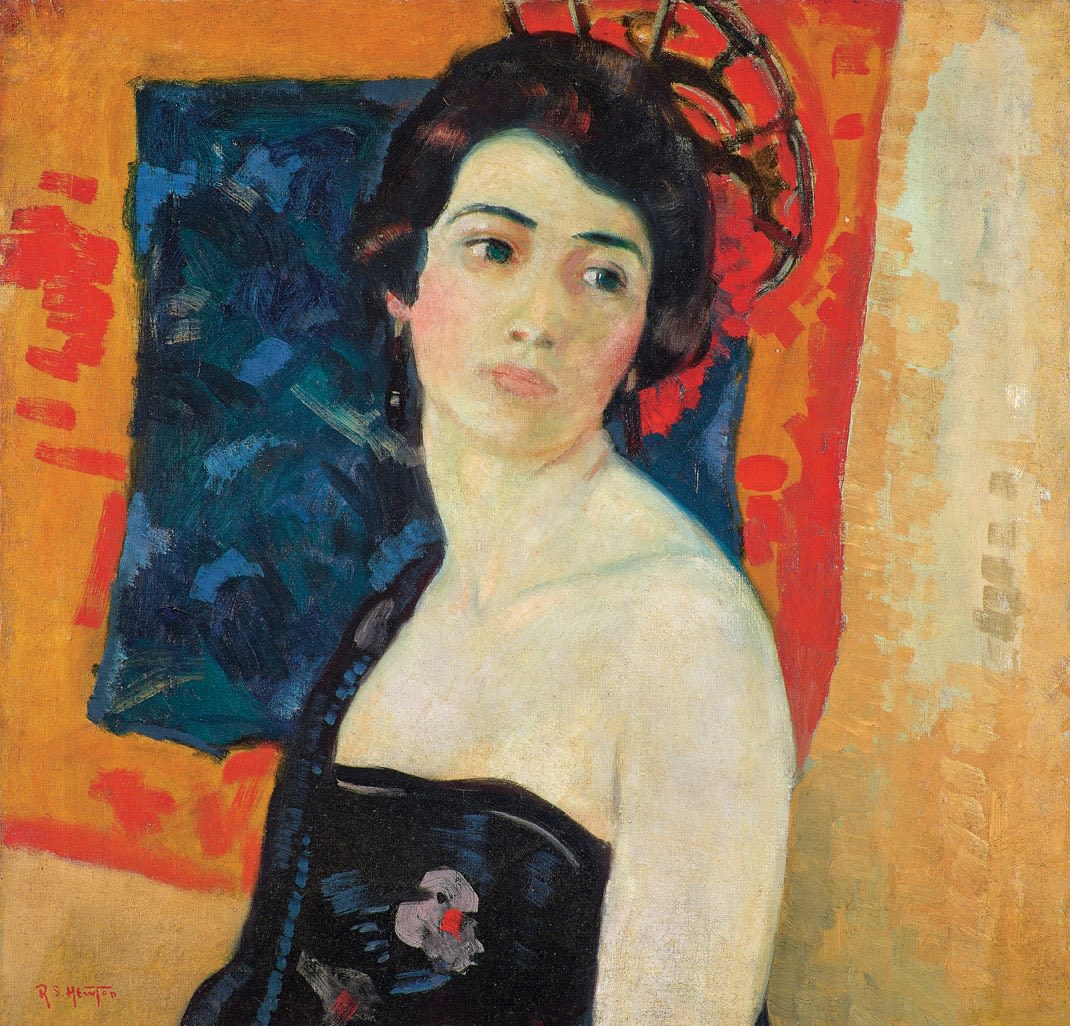Randolph Stanley Hewton (June 12, 1888 – March 17, 1960), a prominent Canadian artist, left an indelible mark on the country's art scene through his colourful canvases and multifaceted life. Born in Egantic, Quebec, Hewton's artistic odyssey began with his family's move to Lachine, near Montreal, setting the stage for a career that would intertwine with the Canadian art landscape in ways both controversial and groundbreaking.

Randolph Stanley Hewton; Laurentian Village
Early Influences and Education:
Hewton's artistic education took flight under the tutelage of William Brymer at the Art Association in 1903. It was here that Hewton first experimented with vibrant colours, a departure from the subdued palette commonly accepted in Canada during that era. This departure foreshadowed Hewton's future as a trailblazer in Canadian art.
 Randolph Stanley Hewton; Quebec Hamlet, Lower St. Lawrence
Randolph Stanley Hewton; Quebec Hamlet, Lower St. Lawrence
Further honing his craft, Hewton pursued studies at the prestigious Academie Julian under the guidance of Jean Paul Laurens and Caro Drevaille, absorbing the rich artistic milieu of Paris. It was during this time that he crossed paths with A. Y. Jackson, forging a friendship that endured through the years. A.Y. Jackson would later become a frequent guest at Hewton's Paris studio, a testament to the camaraderie among the emerging Canadian artists of the time.

The Military Service and Post-War Career:
In a turn of fate, Hewton enlisted in the 24th Battalion in 1915, serving during the tumultuous times of World War I. His valor and dedication earned him the Military Cross in 1918, highlighting his courage on and off the canvas. Post-war, Hewton transitioned into the corporate world, working for Miller Brothers, a paper box manufacturer. His ascent through the ranks culminated in his presidency at the firm, showcasing Hewton's versatility beyond the realm of art.
 Randolph Stanley Hewton; Laurentian Hills
Randolph Stanley Hewton; Laurentian Hills
Artistic Legacy:
Hewton played a pivotal role in the formation of the Beaver Hall Group, a collective that sought to challenge traditional artistic norms in Canada. This collective spirit found further expression as Hewton exhibited in the inaugural Group of Seven exhibition in 1920, solidifying his place among the vanguards of Canadian art. His use of vibrant colours, initially controversial, became a hallmark of his work, contributing to the evolving identity of Canadian art.
Hewton's greatest contribution, however, lay in the realm of figure and portraiture. Through his brush, he breathed life into his subjects, capturing the essence of individuals and moments in time. His canvases became mirrors reflecting the diverse tapestry of Canadian life, transcending the ordinary and inviting viewers to explore the nuances of the human experience.


